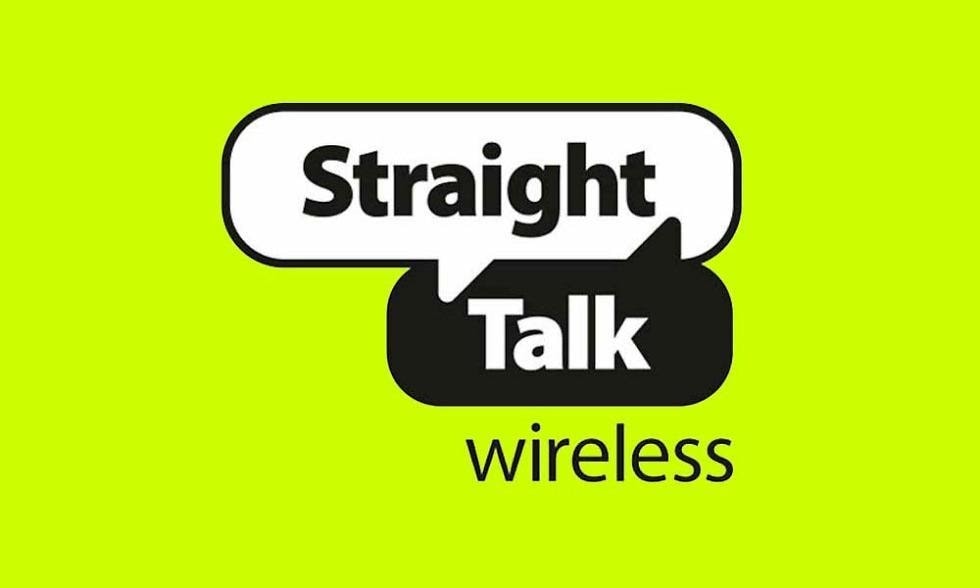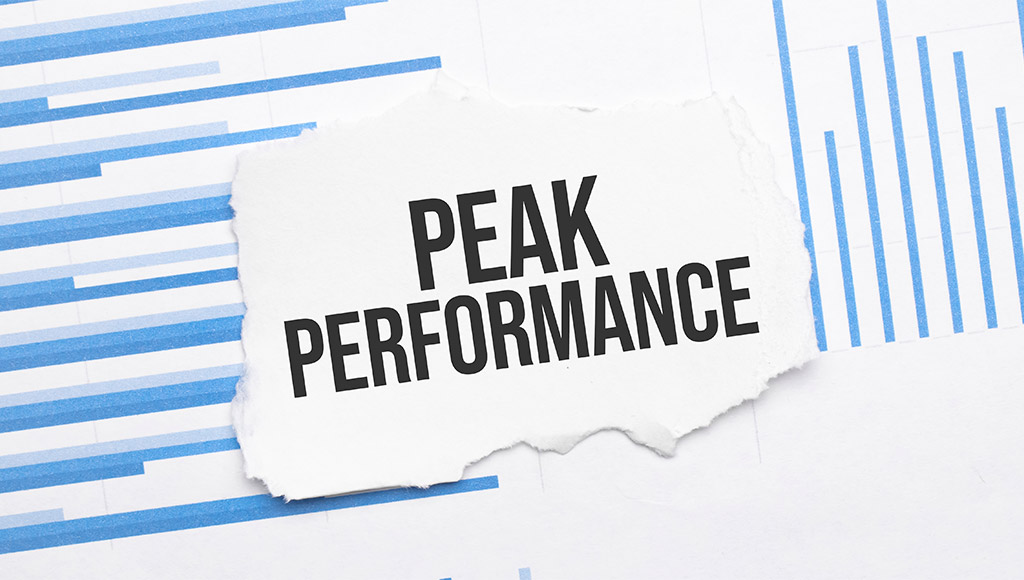There is a large and growing body of evidence that the best long-term results are achieved via a balance of both longer-term brand impacts and shorter-term performance efforts.
Much has been written on the topic, and many experts have shared their research and philosophies. From Byron Sharp’s books to Peter Field’s and Les Binet’s research and writings there is a wealth of good background available for marketers to learn more. One question that has not been well addressed is how does a marketer go about transitioning to a more optimal balance, often in an environment where key players in the organization are resistant to change?
Luckily, our friend and crack marketer Doug Brames happens to be exploring “what’s next” and took a moment to share his expert learning on this important topic. Let’s dive in.
Let me start with an obvious but hard to answer question: just how does a marketer know what the right balance is between brand and performance spend?
Doug: The answer here is complex and is often a combination of art and science.
On the art side of the equation, very few people will buy your product if they don’t understand the role it plays in their life and what problem it solves. Sure, you will get diehards, enthusiasts and the truly committed with a pure performance-based approach but what about a broader audience? Performance-based marketing vehicles (search, digital display ads, social media paid advertising, etc.) likely cannot alone fully reach your entire target, requiring investment in more wide-reaching vehicles which by definition are more expensive. Brand building is an investment in the future.
On the science side, the right balance can be approximated from a steady-state business where CLTV (customer lifetime value) is at least 3-4x (and ideally higher) the CAC (customer acquisition cost). This is fairly easy to quantify in a subscription based, recurring revenue type of business that would likely have ongoing brand investment at 50-75% of the mix with performance/lower funnel investment around 25-50%. One fuels the other. Of course, this would have been achieved by investing in brand in the first place – likely with a heavy CAC. Gaining more business and broader awareness requires investment at the top of the funnel which is largely more expensive and by definition, drives up acquisition cost.

A final note. In the CPG world, the best analogy to brand vs. performance spend would be communication/advertising investment vs. price promotion. We all know what happens when brands continually shift their mix to price promotion to drive immediate sales and forget about their brand – the grocery store is littered with brands like this. Remember Bumble Bee tuna, Libby’s and Manwich – neither do I!
Businesses that have grown up and succeeded behind an emphasis on performance marketing often have trouble evolving their mix. What advice do you have regarding how to convince executives that are suspicious of brand to begin to shift the emphasis?
Doug: How big do you want to be? The best marketers and executives know that you build brand over time and drive sales overnight – even if they don’t like it. You must invest for the future with lower ROI/higher cost marketing mediums that let your target know who you are and what you stand for so when you serve them a promotional offer or invitation to learn more, they’re more likely to act. Performance marketing is efficient and has demonstrable ROI, yet it alone likely cannot reach your entire prospective audience and create scale – much less solidify why your brand exists in the first place.
Given how hard change is on organizations and people, what’s the right velocity of change and how does a marketer know that?
Doug: Take a page out of the back-to-basics manual. Brand investment requires solidifying a point of difference and meaningful benefit with your audience, then expressing that in a compelling way. Develop the creative, conduct simple tests online, research with your audience and ascertain whether the communication will form an impression with your target they will likely act on in the future. Quantify it where possible, then suggest an easy test market or group to see how brand investment – in combination with performance marketing investment – can impact business over time. This will take time so a spirit of testing and learning has to be present in the organization.
How can marketers limit risk during such an evolution?
Doug: Enlist the stakeholders in the evolution, take small steps to test the hypotheses, report frequently on progress and share the learnings broadly.
What are the key landmines to avoid in a transition to greater balance?
Doug: Challenges often can come from some CFOs, some sales leaders and in general the cloak of mystery around the marketing ‘black box’ process. Some CFO’s value little other than numbers and ‘proof.’ They sometimes regard marketing as an expense, so getting them on board from the beginning is crucial to success.
Similarly, some sales leaders may decry funding diverted to consumer investment in place of price promotion and customer support. They need to see the value to their customers of building brand (the best ones actually do).
Your best bet is to bring the organization along the journey from start to finish; segmenting the market, aligning on the right target(s), sharing research learning, getting support for the creative and engaging the team in the learning process. Going from a number driven, mechanical and left brained marketing program to an intuitive, cognitive, human insight-based effort will take more than one discussion and presentation. It’s often a cultural shift of biblical proportions – faith and belief are just as important and facts and figures.
What advice do you have for an executive considering a transition to more brand and less performance in their split?
Doug: Have faith. Major shifts in business and accelerated momentum aren’t created overnight. The biggest impediment may be the attractiveness and immediacy of measurable response to performance-based marketing programs. It’s like a drug. The allure of ‘I did this, and the business got that’ suffocates the longer game. Sustainable, predictable and growing businesses are built on fulfilling a need in the market and consistent communication of that solution through your brand over time.
It’s no different than human relationships; transactions are fleeting but relationships are enduring. Execute a transaction and you’ll have a customer for a day. Cultivate a relationship and you’ll have a customer for life.

What advice do you have for an executive considering a transition to less brand and more performance?
Doug: Be careful.
The drive for more performance marketing, lower CAC and associative sales (increased lower funnel, immediate sale driving communication) is a slippery slope and can quickly deplete brand messaging coffers – usually the source that makes the performance marketing machine work in the first place! Know when the marginal cost of one more dollar placed in performance machine is equal to the margin gained from a customer purchase. Go too far, and your ecommerce machine will fall apart. Stop short, and you’ll be leaving efficient sales on the table.
Doug Brames is a wildly successful senior marketing leader, in the market for “what’s next”. His decorated career includes key leadership roles at TracFone Wireless, Tyson Foods and Kellogg Company. He’s helped drive brands to market leadership, dramatically increase sales and revenue and won Gold Effies. He has done all of that while being a joy to work with. Some company will get very lucky…

Doug Brames
Steve Boehler, founder, and partner at Mercer Island Group has led consulting teams on behalf of clients as diverse as Zillow Group, Microsoft, UScellular, Nintendo, Ulta Beauty, Stop & Shop, Qualcomm, Brooks Running, and numerous others. He founded MIG after serving as a division president in a Fortune 100 when he was only 32. Earlier in his career, Steve cut his teeth with a decade in Brand Management at Procter & Gamble, leading brands like Tide, Pringles, and Jif.
